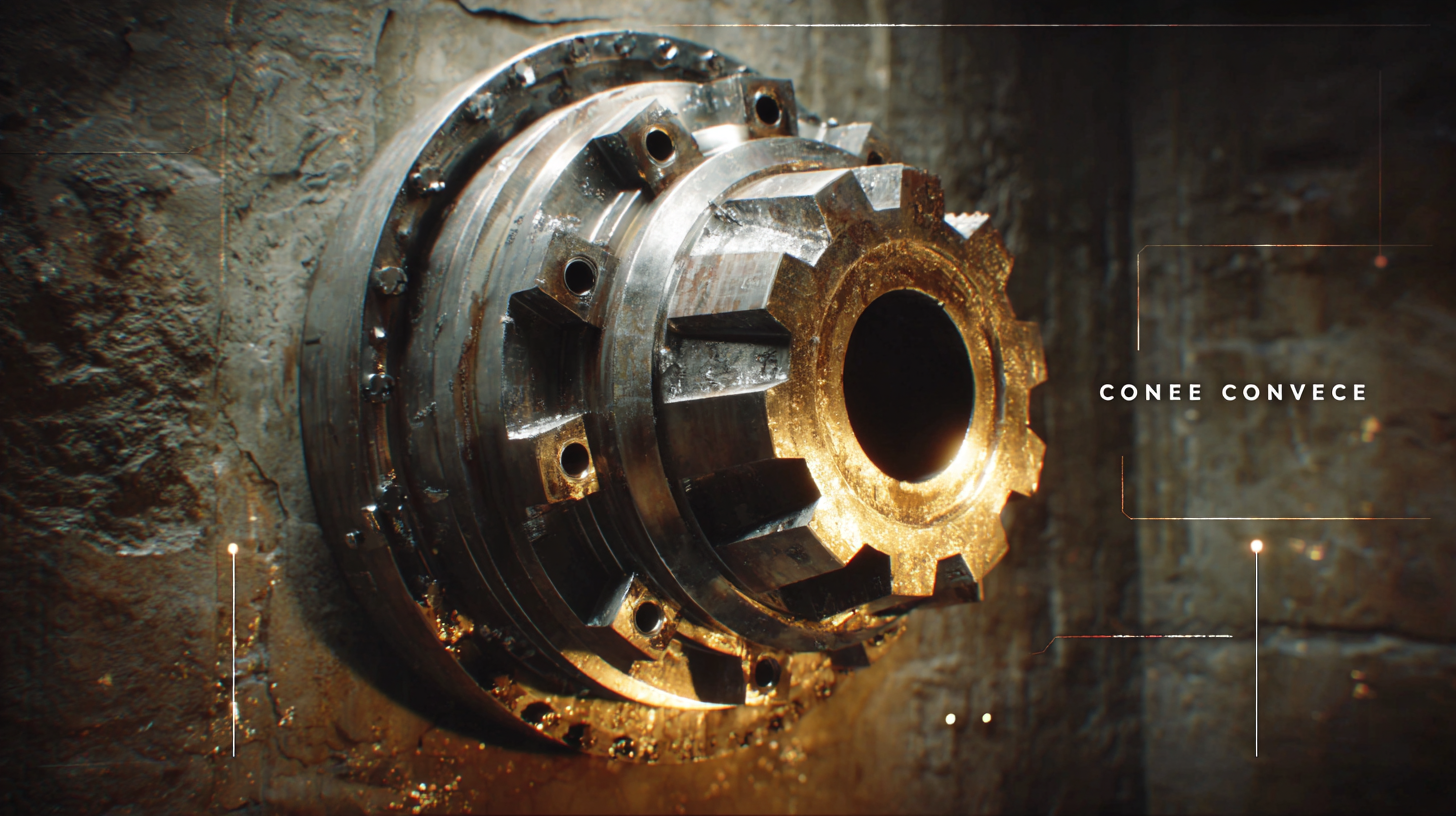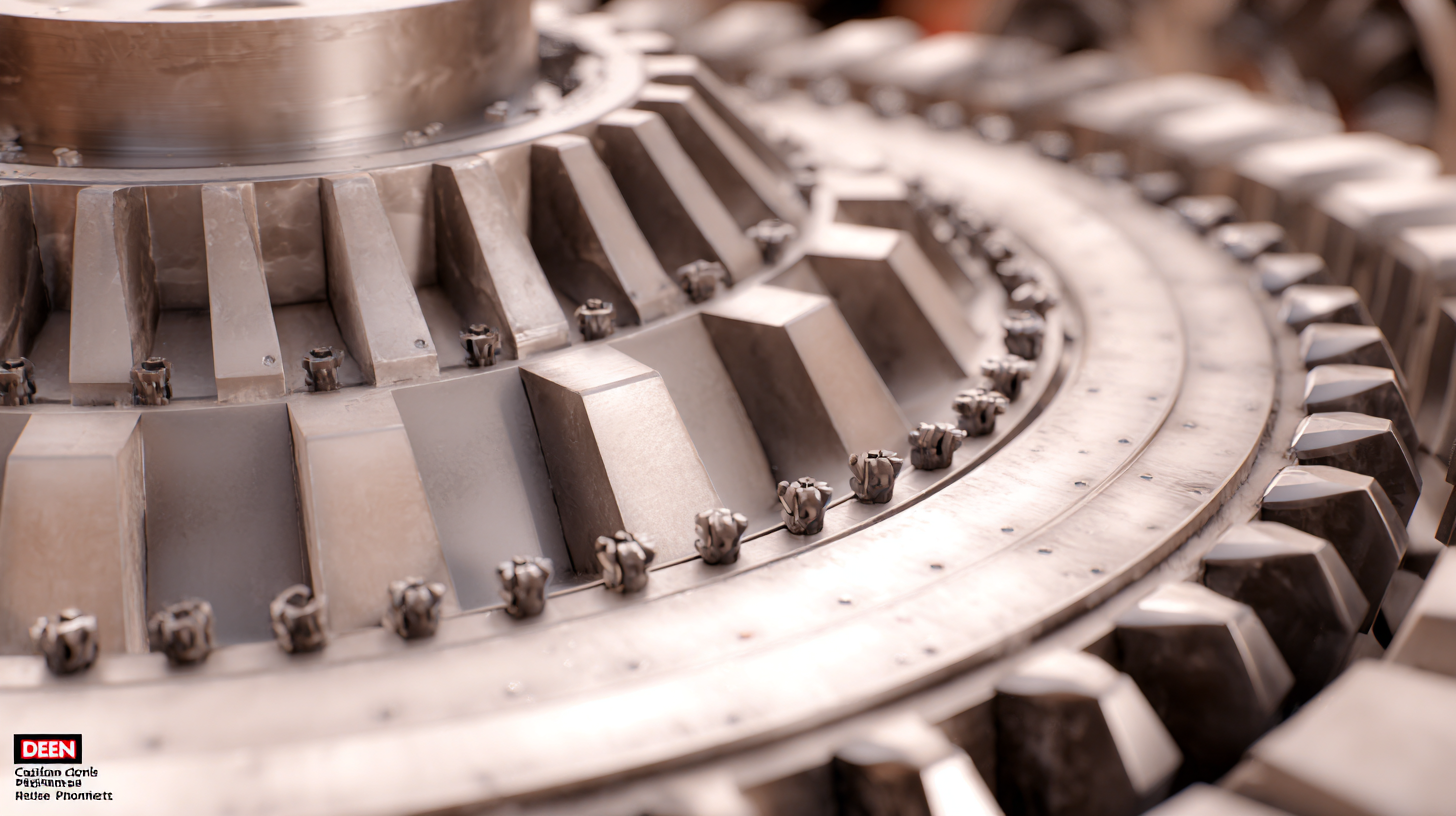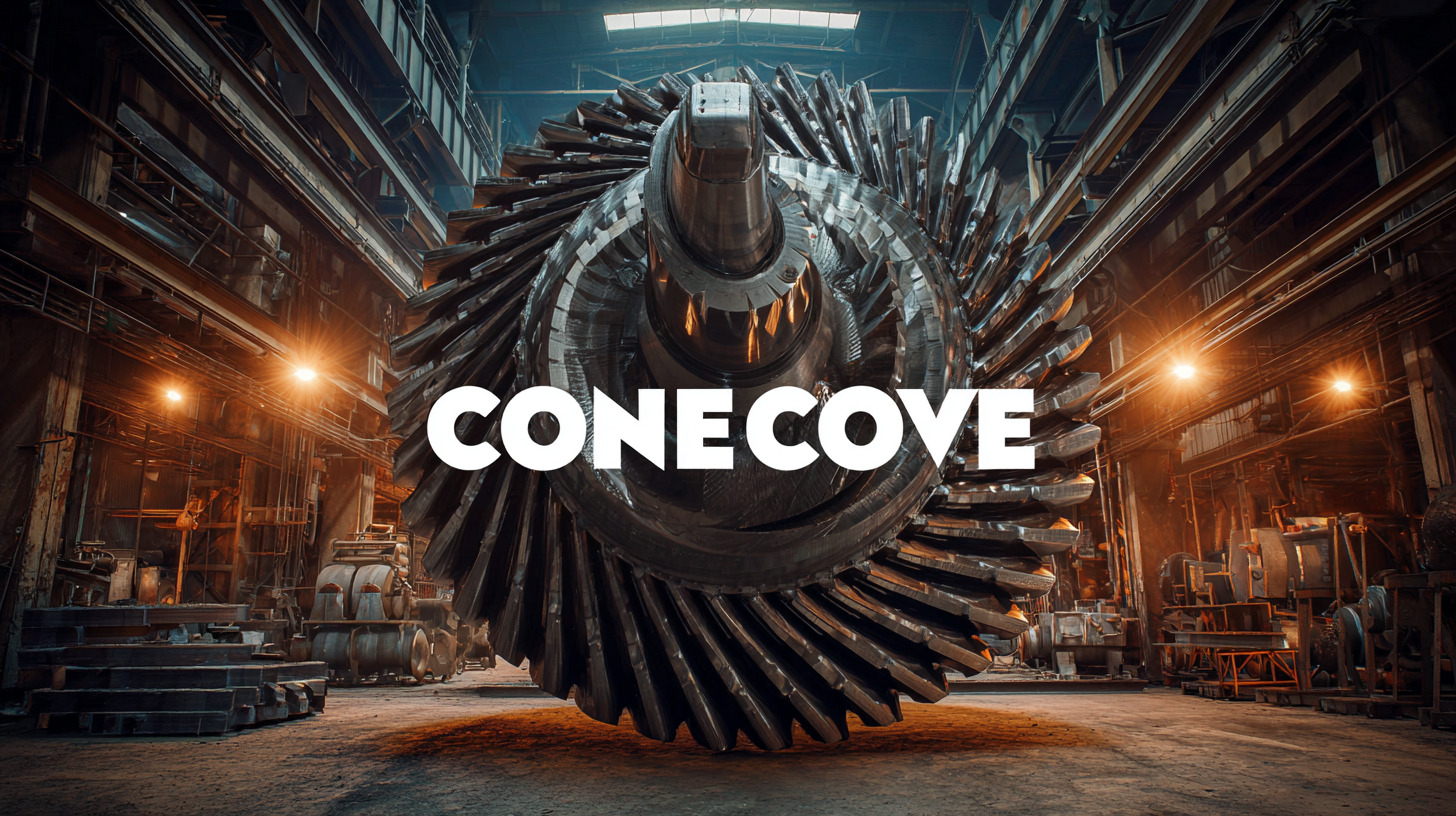In the rapidly evolving landscape of the mining and aggregate industries, the selection of the right components can dramatically influence operational efficiency and overall performance. Among these components, the Cone Crusher Concave plays a critical role in the crushing process, directly impacting the quality of the output material and the longevity of the equipment. As we approach the year 2025, understanding the market trends and user requirements becomes essential for optimizing the selection process of Cone Crusher Concaves. This blog aims to delve into a comprehensive analysis of the industry, showcasing examples and insights that will guide professionals through the intricacies of choosing the best Cone Crusher Concave. By mastering this selection process, companies can ensure optimal performance and maintain a competitive edge in the market.

In the mining industry, the efficiency of material processing is paramount, and the cone crusher plays a vital role in this process. The concave, an essential component of the cone crusher, significantly influences the overall performance and output of the machine. Understanding its importance means recognizing how it aids in the crushing of various materials, ensuring they are reduced to the desired size for further processing. A well-designed concave not only enhances the crusher's capacity but also contributes to increased productivity and reduced operational costs.
Selection of the right cone crusher concave is critical for achieving optimal performance. Factors such as material type, intended application, and operational conditions must be considered. High-quality concaves are designed to withstand wear and tear while maintaining consistent performance over time. By choosing the appropriate concave, mining operations can improve their efficiency, extend equipment life, and ultimately maximize their return on investment. Thus, focusing on the cone crusher concave selection process is essential for any business looking to thrive in the competitive mining landscape.
When selecting cone crusher concaves, several key factors demand careful consideration to ensure optimal performance. The material composition of the concaves plays a critical role in their durability and effectiveness. Opt for high-quality manganese steel, as it provides excellent wear resistance and hardness, improving the lifespan of the concaves. Also, assess the design of the concaves; different shapes and profiles can affect the crushing process and end product size.
Tips: Always choose concaves that are tailored to your specific application needs. Consider the type of material being crushed and the required throughput. Additionally, proper installation is paramount; ensure that the concaves are securely fitted to prevent any operational issues. Regular maintenance checks can help identify wear and tear on concaves, allowing for timely replacements and maintaining consistent performance levels.
Another essential factor is the compatibility of the concaves with your existing cone crusher model. Mismatched components can lead to inefficient crushing and increased wear on both the concaves and the machine itself. Verify that the specifications align with your equipment, and consult manufacturer guidelines to maximize efficiency during operations.

 When it comes to achieving optimal performance from a cone crusher, the quality of the materials used in its construction plays a pivotal role. High-grade materials not only enhance the longevity of the concave but also significantly impact the efficiency of the crushing process. According to a recent industry report from the International Journal of Mining Science and Technology, using high-quality manganese steel for concaves can improve wear resistance by up to 50%, thereby increasing overall productivity by reducing downtime for replacements.
When it comes to achieving optimal performance from a cone crusher, the quality of the materials used in its construction plays a pivotal role. High-grade materials not only enhance the longevity of the concave but also significantly impact the efficiency of the crushing process. According to a recent industry report from the International Journal of Mining Science and Technology, using high-quality manganese steel for concaves can improve wear resistance by up to 50%, thereby increasing overall productivity by reducing downtime for replacements.
Tips: Always opt for concaves that specify a higher manganese content, as they tend to provide better wear characteristics while maintaining the necessary ductility. It's also beneficial to conduct performance assessments after incorporating new materials to ensure they meet the operational standards required for your specific crushing applications.
Additionally, the choice of material hardness can further influence the performance of cone crushers. Research indicates that a well-balanced hardness level within the concave can lead to a 20% enhancement in crushing efficiency. Regularly evaluated wear patterns can help in selecting the optimal material composition for your specific working conditions, ensuring that you are not only meeting production goals but also maximizing your return on investment in both machinery and materials.
When it comes to maximizing the efficiency of your cone crusher, selecting the right concave is crucial. The concave plays a vital role in the crushing process, influencing both the size and shape of the final product. To make this selection process simpler, follow these steps to ensure you're choosing the optimal concave for your operation.
Firstly, consider the material characteristics you are working with. Different materials require specific concave geometries for effective crushing. Soft materials may not need as aggressive a profile as harder ones, which means understanding your feed material is key. Tip: Always consult the material specifications and try to match them with the manufacturer’s recommendations for concave style.
Next, think about the desired output size and shape. The concave design directly impacts the size reduction ratios and the overall product shape. Fine or coarse products will need different setups. Tip: Test different concave profiles to determine the one that meets your production requirements without overloading the crusher.
Lastly, don’t forget to regularly evaluate the performance of your selected concave. Monitoring wear patterns can provide valuable feedback on whether adjustments are necessary for optimization. Tip: Implement a routine inspection schedule to ensure that any issues are caught early, allowing for timely replacements and maintaining production efficiency.
When it comes to importing and exporting cone crusher components, understanding the relevant certifications and standards is crucial for optimal performance and compliance. International regulations dictate that machinery and its parts must meet specific safety and environmental standards before being traded. This not only ensures the reliability of the imported components but also minimizes potential risks associated with substandard products. Manufacturers and importers must be aware of these requirements to avoid legal complications and ensure smooth operations in their respective markets.
Moreover, recent news highlights the complexity surrounding import regulations, particularly in relation to machinery. For instance, the Supply of Machinery (Safety) Regulations 2008 in Great Britain set forth criteria for machines entering the market, underscoring the significance of adhering to established safety protocols. As businesses navigate the global supply chain, they must remain vigilant about these standards to maintain industry reputation and operational efficiency. Understanding the certification landscape is not merely about compliance; it is vital to safeguard worker safety and enhance the longevity of equipment in challenging environments.



